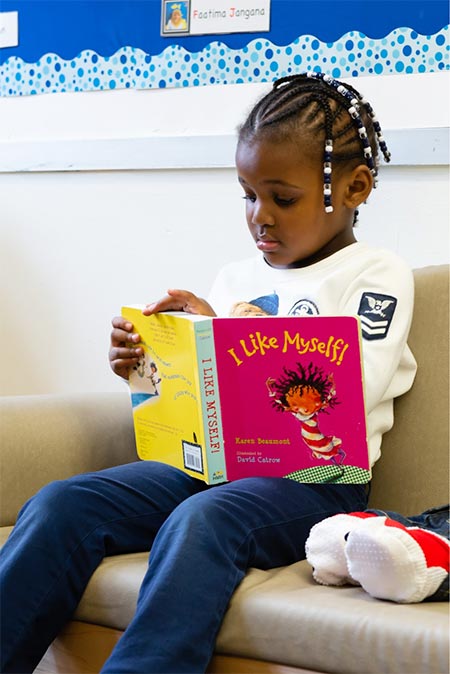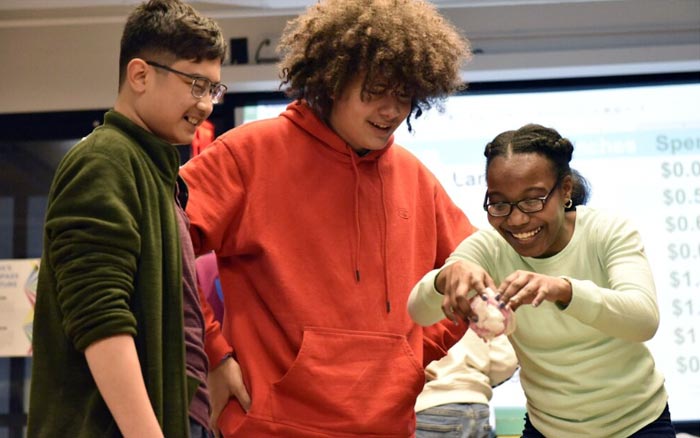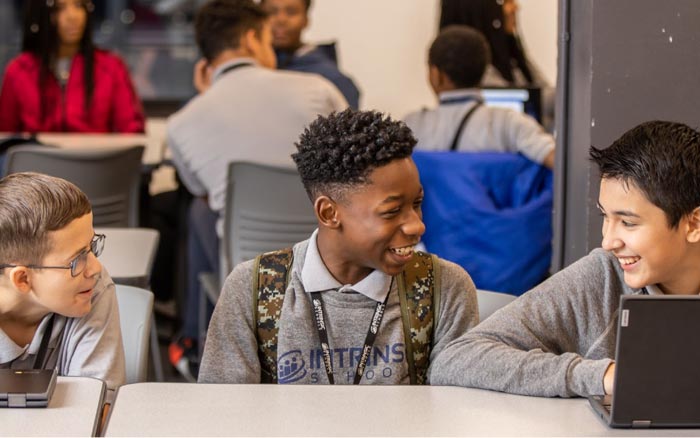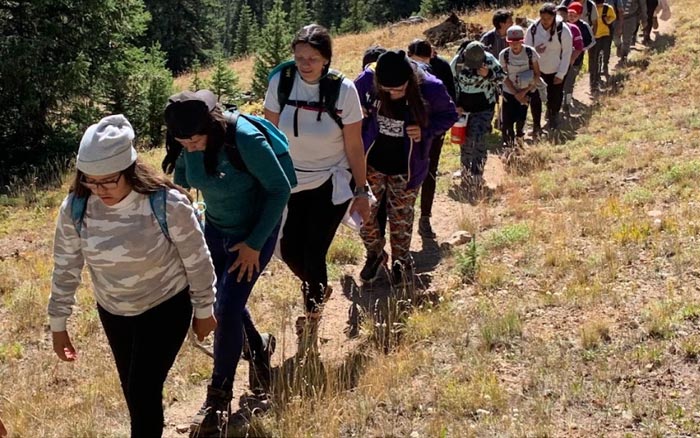
Historically, schools were intentionally designed to assimilate large numbers of young people from various backgrounds into a common culture. The curriculum, instructional practices, and community norms reflected this singular perspective of beauty, brilliance, and worthiness. Sometimes, they reinforced—or even justified—racism, sexism, and other forms of bias. In many schools, this legacy continues today, even if the goal of assimilation has become less explicit. In these contexts, color-blind approaches, English-only policies, bans on ethnic studies programs, and other practices continue to convey messages that uplift some and diminish others—often students of color, LGBTQ+ learners, those living in poverty, multilingual learners, and those with a disability, among others.

However, in order to prepare all young people to thrive in and transform the world, schools must acknowledge, celebrate, and nurture the diverse identities of all students in meaningful ways and help each learner develop a unique, positive sense of self as well as a deep respect for the identities of others. When schools affirm each learner’s unique identity, they promote the success of all learners. Seeing one’s community, values, beliefs, traditions, stories, and language reflected in the learning environment promotes a sense of belonging and self-efficacy. When young people feel confident in their ability to succeed and feel like they belong, they are more likely to see value in coming to school and are better able to learn when there. In addition, when schools truly view students’ identities as a valuable source of prior knowledge and connect learning to these identities, it can deepen learning and make it more long-lasting. Doing this work helps all students recognize that worthiness, beauty, and brilliance come from every corner and cultural background.
This Leap Means…
- Learners deepening their understanding of and pride in their heritage, community, and life story.
- Learners having opportunities to express their unique identities and truly be themselves without fear.
- Learners experiencing the representation, humanization, and celebration of diverse identities within the school community as well as what is being learned and how it is learned.
- Learners feeling respected and deeply known by others in the community, and like they belong.
Beloved community is formed not by the eradication of difference but by its affirmation, by each of us claiming the identities and cultural legacies that shape who we are and how we live in the world.
bell hooks
Examples
Career and SEL with a Purpose from nXu (Grades 6-12)
By integrating purpose development, identity, social capital, and career exploration with empowering SEL practices, nXu’s middle and high school curriculum supports students—and educators—in defining personal and professional pathways that align with their evolving sense of self.

EPIC from Intrinsic Schools (Grades 7-12)
Intrinsic’s EPIC model supports students in cultivating their strengths and interests and building critical habits and skills to enable them to be successful in school and life.

La Luz (Grades 6-8)
La Luz’s model provides young people with opportunities for self-discovery and relationship building through outdoor, hands-on, expeditionary, team-building activities.


